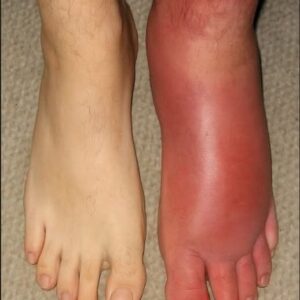Before dawn, Asia was shaken to its core. At 3:42 a.m. local time, a powerful 7.7-magnitude earthquake struck the border region between China’s Yunnan Province and northern Myanmar, sending shockwaves across mountains, cities, and villages. Within minutes, neighborhoods crumbled, communication lines went silent, and millions were jolted awake in terror.
The U.S. Geological Survey confirmed the quake hit at a shallow depth of just 10 kilometers, making the destruction far more severe. Residents described the earth heaving violently, entire buildings swaying, and streets splitting open. Windows shattered, walls collapsed, and families ran into the night with only seconds to spare.
Southern China bore the brunt. In Yunnan, emergency lines were immediately overwhelmed. Apartment blocks toppled in older towns, hospitals braced for mass casualties, and officials warned that the number of injuries and deaths would rise as rescuers reached inaccessible areas.
Across the border, Myanmar faced chaos. Rural communities already limited by infrastructure saw homes collapse, bridges crack, and landslides block critical roads. Families fled with nothing but the clothes on their backs. Early rescue teams navigated terrain transformed overnight.
Even northern Thailand felt the tremors. Cities like Chiang Rai and Chiang Mai ordered evacuations of schools, hospitals, and malls. Residents poured into open fields, praying as aftershocks continued to roll beneath them.
Power and water systems faltered, airports temporarily shut down, and entire districts plunged into darkness. Emergency crews worked tirelessly, navigating debris-choked streets to reach survivors. Dogs trained for disaster zones helped locate those trapped beneath rubble. Every hour mattered.
Rescue operations are ongoing. Local, national, and international teams are on the ground, digging by hand when machinery can’t reach. Hospitals overflow with injured residents, while shelters provide temporary safety. Supplies are limited, and officials warn of ongoing risks: landslides, gas leaks, and unstable buildings.
The quake has already tested human resilience. Parents search desperately for children, neighbors help strangers trapped under debris, and communities rally together despite fear and exhaustion. Governments and international aid organizations are mobilizing, sending medical teams, heavy equipment, and emergency supplies.
As aftershocks continue, authorities stress caution. The first 72 hours are critical for saving lives. Roads are being cleared, bridges inspected, and vulnerable zones cordoned off. Relief efforts are moving forward, but the scale of destruction is immense.
This disaster struck in the dead of night, but its impact will echo for months, as families mourn, cities rebuild, and nations unite in response. For now, the focus is simple and urgent: rescue as many lives as possible while hope still breathes beneath the rubble.
Our hearts go out to everyone affected by this tragedy. Stay updated and share verified news—every bit of awareness helps save lives. How are communities you know preparing for disasters like this? Share your thoughts below.





